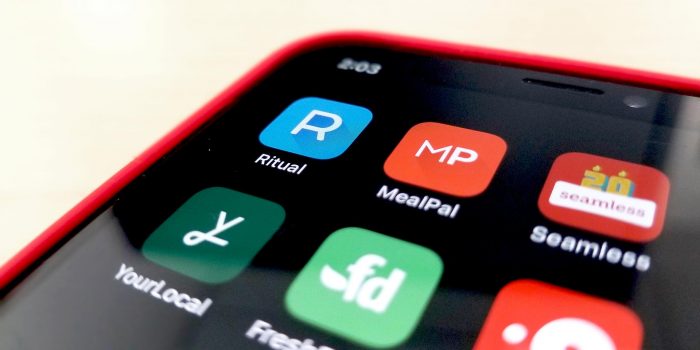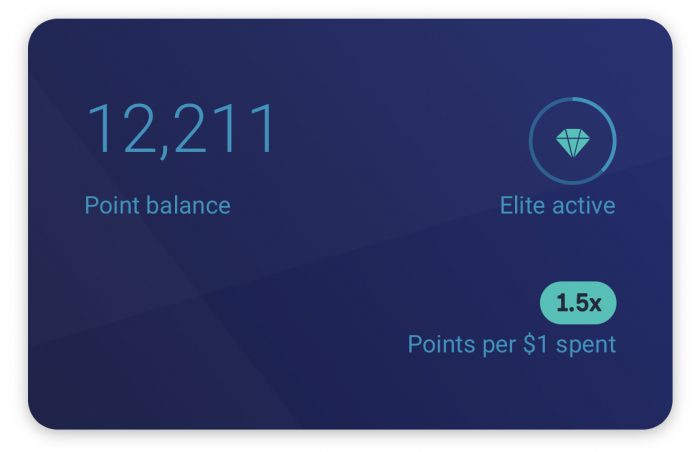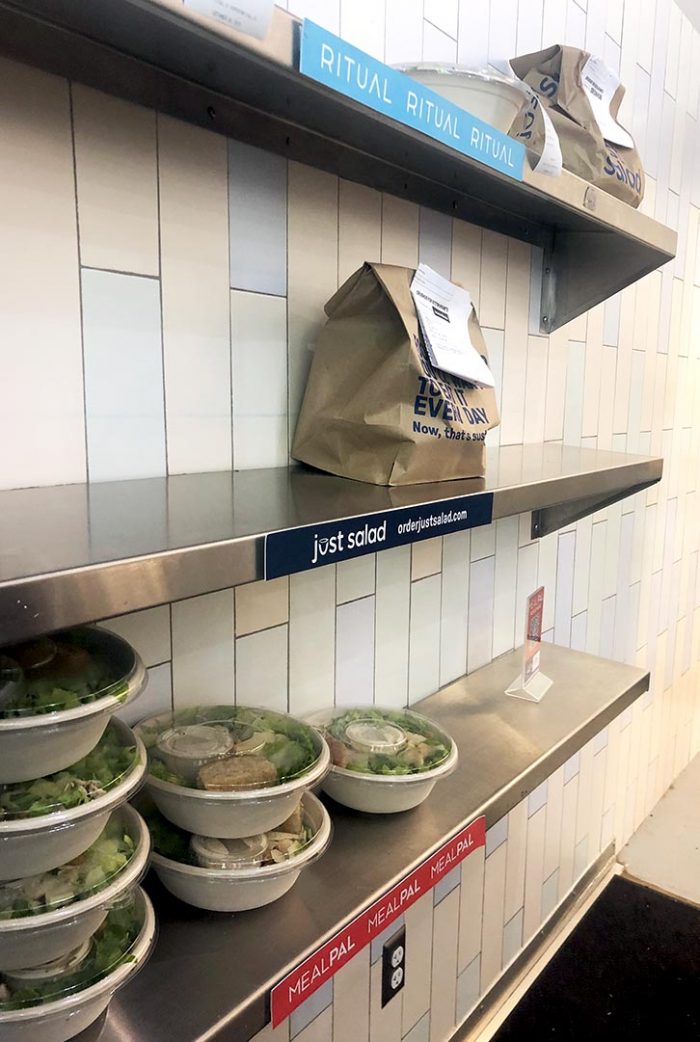
Instagram: katielinendoll
By Katie Linendoll – The tech-expert, journalist, and Emmy Award-winning TV personality has given us an exclusive insight into her highlights of this year’s CES. Katie is a CES veteran who knows the hottest topics and developments you need to be aware of.
For techies, the Consumer Electronics Show (CES) is one of the most anticipated events of the year. An estimated 175k attendees have touched down in Las Vegas to see some of the latest and greatest technologies unveiled. Every CES has its “themes” and this year, there is a heavy presence of 5G, AI, and 8K TVs. But what are some outsider tech unveils you might not have heard about? Here are some interesting ones to note!
Mercedes and Avatar Release a Concept Car 130 Years Into the Future
The auto industry and auto technology presence continues to grow at CES, and one of the biggest announcements was the partnership between Mercedes-Benz and Avatar. Full disclosure: I had the pleasure of working with Mercedes for a second year at CES, moderating their executive conversations. I might be a bit biased, but the Vision AVTR, a concept vehicle with a unique goal to merge technology, nature and the human experience, created a lot of buzz at CES.

The vehicle is “woken up” by placing your hand on the center console and then synchronizes with your heartbeat, and touches like the bionic flaps can mimic your mood or harvest solar energy. You can even drive sideways! So not only is this vehicle futuristic, it’s also sustainable, showcasing Mercedes’ continued sustainability efforts in the industry—a bigger focus than ever at CES and rightfully so!
Streaming Services are Growing

From originals like Netflix and Hulu to newcomers like Apple TV+ and Disney+, streaming services is a crowded yet growing space. One newcomer that is making a splash at CES is Quibi, a new platform featuring maximum ten-minute long episodes. Quibi is headed by Meg Whitman (former HP CEO) and Jeffery Katzenberg (co-founder of DreamWorks) and will launch in April with two subscription options starting at $4.99. According to Bloomberg Intelligence, Quibi’s content budget alone is 1 billion dollars.
Customize Your Makeup!
Valued at over 500 billion USD, the beauty industry is constantly growing, and so does its presence in tech by way of bloggers, apps, and gadgets. We are seeing more beauty tech products at CES this year than ever. L’Oréal, who has made buzz over the last few years, announced Perso—an in-home device that outputs customized makeup and skincare.
The device works in tandem with an app that first uses your smartphone’s front-facing camera to analyze your skin. You can then choose from an array of color options or even match from daily trends found on Instagram. Once you make a color choice, and virtually see it on your face via augmented reality, it just takes a few clicks and the unit begins dispensing your personalized skincare, liquid lipstick, or foundation on demand. Testing this out in person easily made it one of the top picks of CES.
Virtual Reality – Will it Become Mainstream?
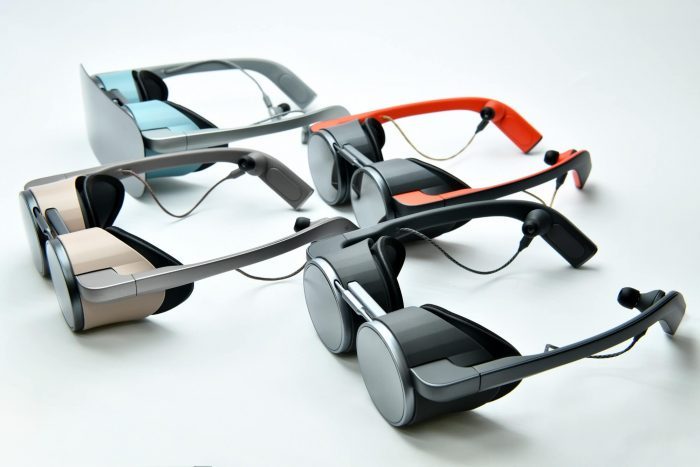
Since its infancy, I have been personally amazed by the capabilities of virtual reality, but it seems to have never quite caught on. At CES, there was once again no shortage of virtual reality and augmented reality devices. One standout was Panasonic’s VR Headset—a new take on a headset. The typically-clunky headgear display was reimagined as wearable looking glasses. Panasonic was able to bring a 1.3 OLED screen to each eye, fitting into the sleek form factor.
Out of Toilet Paper? A Robot Will Fetch You a Fresh Roll!
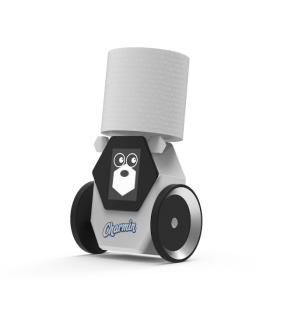
It is my twelfth year attending CES and while not much can surprise me at this point, I was completely amused seeing Charmin’s RollBot—a robot that delivers you a fresh roll of toilet paper. Though only a concept, it provides a good laugh and is a nod to the more ‘unique’ technologies that get significant buzz every year at CES.
Even if you aren’t tech savvy, CES once again made a big splash across all headlines this week! With over 4,500 companies and thousands of attendees going at full speed for the past few days, I expect a lot of techies are ready for a nap. And as expected, there’s even a smart pillow for that!

